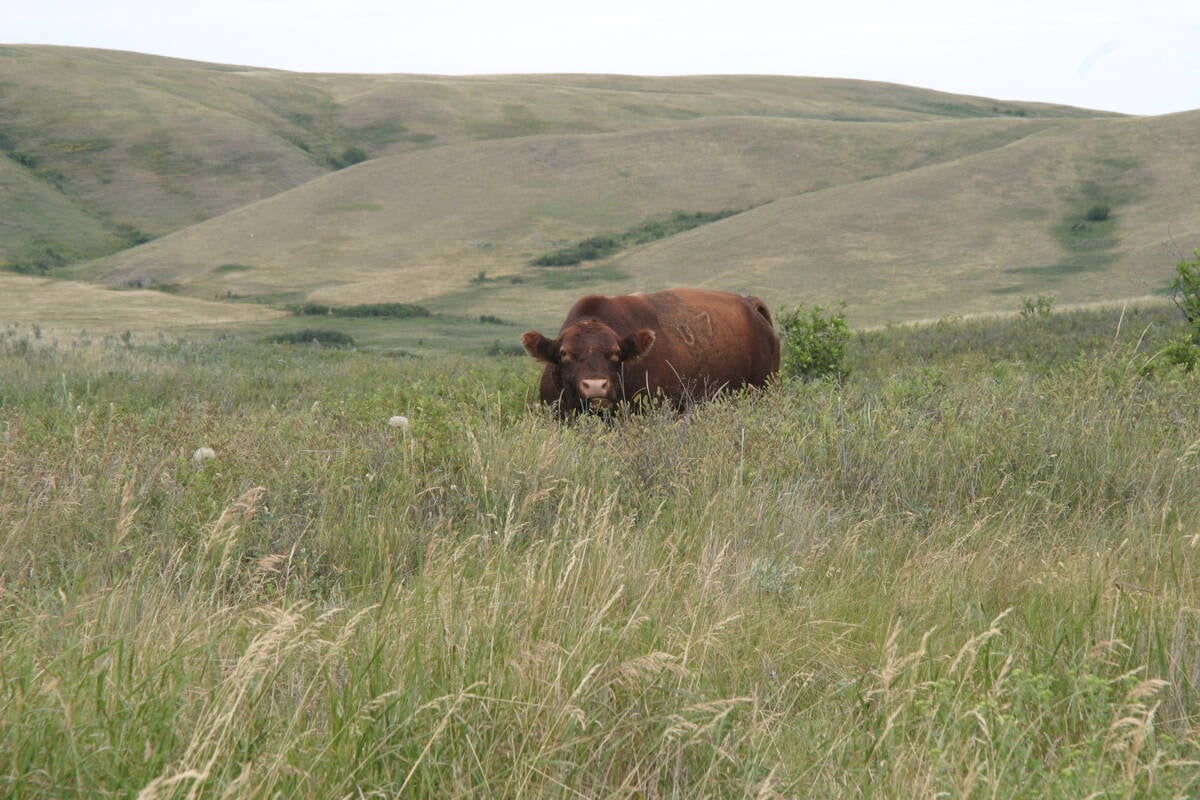Producers who anticipate a feed shortage should consider all their crops as potential feed, says an Alberta Agriculture beef specialist.
“You can silage just about any crop,” said Brad Fournier, beef program co-ordinator in Edmonton.
When he was a beef specialist in the Peace River area of northwestern Alberta, producers turned their skimpy canola crop into silage.
It was difficult to cut the straw small enough to pack it tightly, he said, because canola straw is thicker than cereal straw.
“The extra particle size made it difficult to pack and there was more spoilage.”
Read Also

Saskatchewan puts crown land auction on hold
Auctions of Saskatchewan crown lease land are once again on hold.
Even though the canola was cut in the preflower stage, extra water was added to increase the moisture content.
“It is very possible to do.”
Fournier suggests offering to cut a neighbor’s crop for silage or swath grazing if dry seeding conditions have created spotty germination.
“It’s a win-win situation,” he said.
The neighbor doesn’t have the cost of plowing under a field, and the cattle producer gets access to more feed.
Forage specialist Tracey Dow of Taber, Alta., said most cereals could be cut for greenfeed or silage.
“They all work as a greenfeed crop, but some have better drought tolerance and some have better tonnage,” he said.
Greenfeed bales don’t usually offer producers reliable feed like silage does, he added.
“Silage may be the best way to maintain greenfeed crops to maintain their quality.”
Harry Brook, a beef cattle specialist in Wainwright, Alta., said the biggest problem with greenfeed is that it’s often cut at the wrong stage.
“Timing is really important. Greenfeed is often not greenfeed, but yellowfeed.”
Many producers don’t cut cereal crops at the ideal soft dough stage, but instead wait until the head is harder. At that point the feed is not much more than straw and hard grain.
Greenfeed will keep its color and nutrient value if cut at the proper time, Dow said.
Silage is a viable option for producers who have silage making and feeding equipment, he said. Greenfeed that is cut at the correct time is the better choice for producers who are set up to feed bales.
















